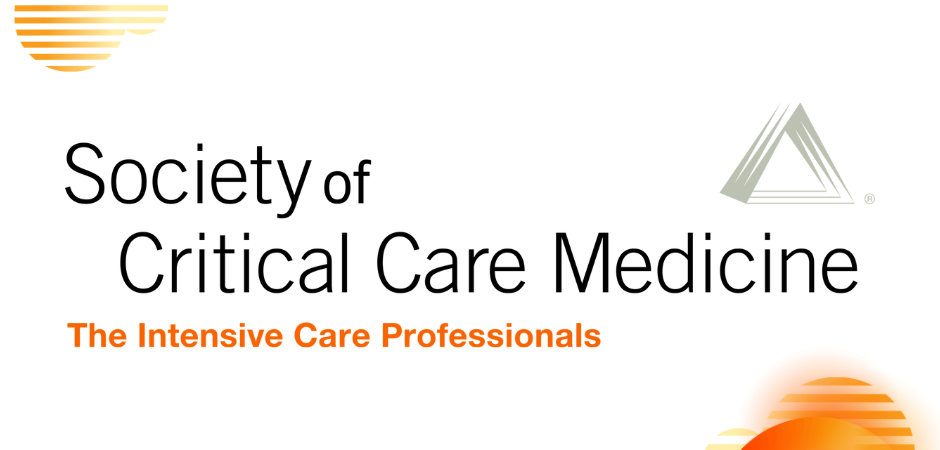Shehabi et al (N Engl J Med. 2019;380:2506-2517) set out to examine the effects of using dexmedetomidine as the primary agent for early sedation among patients receiving ventilatory support and found that the dexmedetomidine group had a higher risk of adverse events and needed additional sedatives to achieve sedation goals.
Propofol and midazolam are commonly used for sedation during mechanical ventilation, but the role of dexmedetomidine as the primary sedative remains unclear. It has several potential benefits, including maintenance of spontaneous respiratory drive and reduced incidence and possible prevention of delirium. Studies examining dexmedetomidine have shown earlier time to extubation when used later in the patient’s hospital course (
Reade et al. JAMA. 2016;315:1460-1468). Shehabi et al (
N Engl J Med. 2019;380:2506-2517) set out to examine the effects of using dexmedetomidine as the primary agent for early sedation among patients receiving ventilatory support and found that the dexmedetomidine group had a higher risk of adverse events and needed additional sedatives to achieve sedation goals.
Shehabi et al performed a multinational, open-label, randomized controlled trial in which 3904 patients were enrolled. Of these, 1949 patients were in the group in which dexmedetomidine was the primary sedative, and 1949 patients were in the group in which sedation was achieved with propofol, midazolam, other sedative agents, or a combination of agents.
Inclusion criteria consisted of mechanically ventilated adults (older than 17 years) receiving sedation who were expected to continue mechanical ventilation through at least one additional calendar day. Patients were excluded if they had already been on a mechanical ventilator for ≥ 12 hours. Dexmedetomidine was initiated at a rate of 1 µg/kg/hr with a maximum dose of 1.5 µg/kg/hr in order to achieve sedation goal. Sedation goals were categorized using the Richmond Agitation-Sedation Scale (RASS) into one of 3 groups: RASS score –3 to –5, RASS score –2 to +1 (considered the target sedation group), or RASS score > +1. Scores were measured every 4 hours.
Patient characteristics, disease process, and severity of illness were similar in both groups. Target sedation was achieved during the first 2 days 56.6% of the time in the dexmedetomidine group and 51.8% of the time in the usual care group. The dexmedetomidine group used propofol as a supplement in order to achieve target sedation within the first 48 hours of enrollment in 64.7% of patients. Midazolam was used far less frequently for supplemental sedation. The primary outcome, 90-day all-cause mortality, was observed in 29.1% of both groups. There were no differences in secondary outcomes of death at 180 days, need for skilled facility placement, mean cognitive decline (Informant Questionnaire on Cognitive Decline in the Elderly), and quality of life (EuroQol-5D-3L) scores. The median number of days free from coma, delirium, and ventilator were higher in the dexmedetomidine cohort by 1 day (24 and 23 days).
The rate of serious adverse events was significantly greater in the dexmedetomidine group. When comparing dexmedetomidine to usual care, bradycardia occurred in 13 patients compared to 1 patient (
p = 0.001), hypotensive episodes occurred in 10 patients compared to 1 patient (
p = 0.006), and prolonged sinus pause (asystole) occurred in 14 patients compared to 2 patients (
p = 0.003). Overall, 52 adverse events occurred in the dexmedetomidine group and only 7 in the usual care group (
p < 0.0001).
The trial was well constructed but there were several important limitations. First, the trial was open-label, thereby creating the potential for bias. Additionally, no report was made of the concurrent use of vasopressors, the need for central venous access, invasive blood pressure monitoring, or renal replacement therapy.
In more than half of patients, dexmedetomidine alone was unable to achieve the target or clinician-directed sedation goal. On average, the dexmedetomidine group required approximately 50% of the propofol doses used in the usual care group. Moreover, when patients were sedated beyond 10 days, the dexmedetomidine group required more propofol compared to the usual care group, further exemplifying its limitations as a single agent. While there was no difference in overall mortality at 90 days, there was a higher risk of adverse events in the dexmedetomidine group.
This trial adds important clinical information to critical care sedation. The higher risk of adverse events and the requirement of additional sedatives with dexmedetomidine to achieve sedation goals in this cohort suggests that there may be no benefit to early dexmedetomidine as the primary or sole sedative agent in mechanically ventilated patients expected to be intubated for more than 24 hours compared to usual care. Dexmedetomidine may still play a role in early sedation in patients expected to be extubated within 24 hours, but further research is needed.
Alexander Bracey, MD, is an advanced resuscitation fellow and clinical assistant professor in the Department of Emergency Medicine at Stony Brook Medicine.
Brian J. Wright, MD, MPH, is a clinical associate professor and the program director for the Advanced Resuscitation Training Program in the Department of Emergency Medicine at Stony Brook Medicine. Dr. Wright is an editor of Concise Critical Appraisal
.
